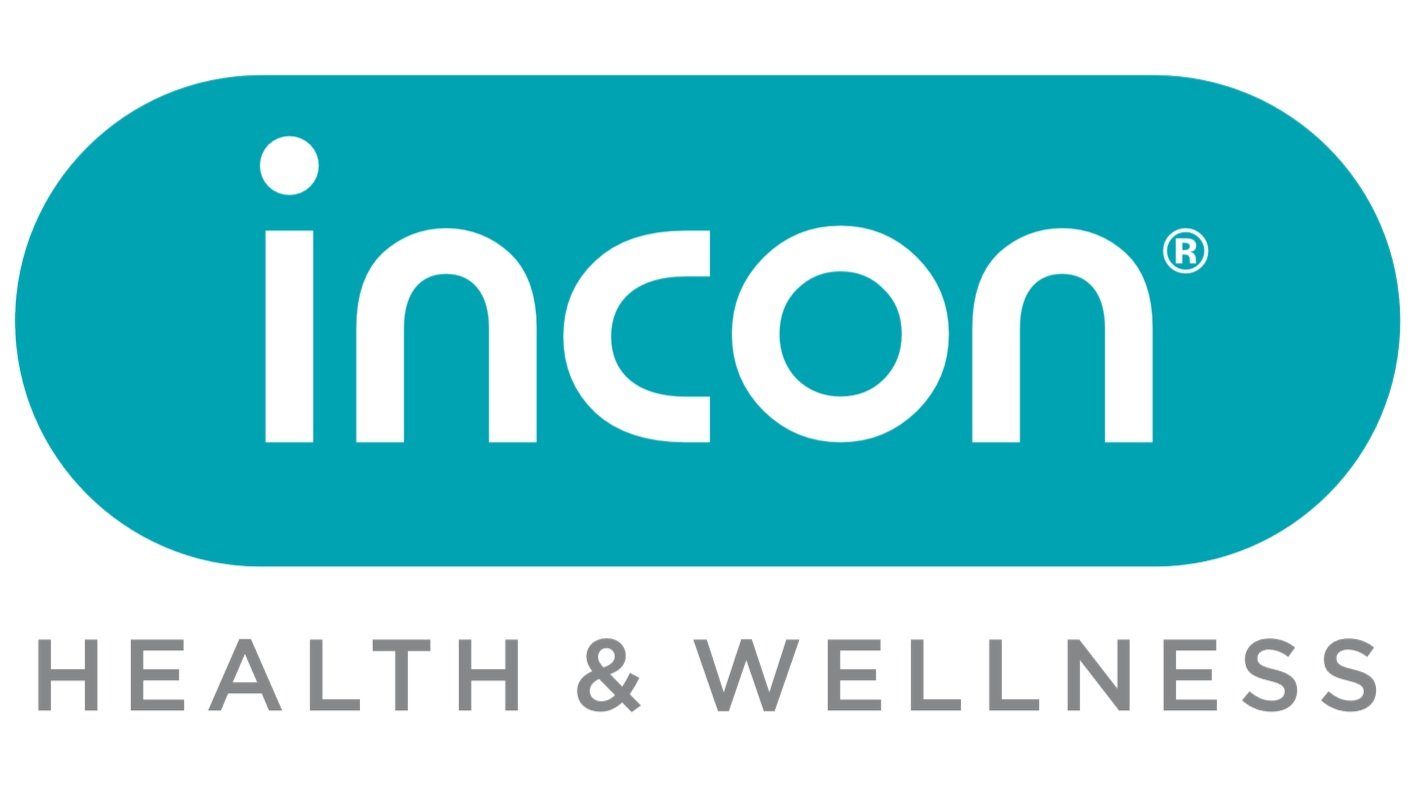Silent Hazards
The Hidden Risks Lurking in Your Workplace
When we think about workplace safety, the obvious risks come to mind—slippery floors, faulty machinery, or exposed wiring. But what about the hazards you can’t see or might not even realise exist? Hidden dangers, or “silent hazards,” can have a significant impact on employee wellbeing and productivity if left unchecked. Here’s what to watch for and how to address them.
1. Poor Air Quality
Dust, mould, and inadequate ventilation are silent culprits that can lead to respiratory issues, fatigue, and even long-term health problems. Ensure your workspace has proper airflow, regularly maintained HVAC systems, and thorough cleaning routines. For businesses in industrial sectors, investing in air filtration systems can be a game-changer.
2. Noise Pollution
Constant background noise, whether from machinery, office equipment, or even chatter, can lead to stress, decreased concentration, and hearing loss over time. Identify noisy areas and introduce solutions such as soundproofing, noise-cancelling headphones, or designated quiet zones to give employees a break from the din.
3. Ergonomic Oversights
Uncomfortable chairs, poorly positioned desks, or inadequate lighting might not seem critical, but they can lead to chronic pain, eye strain, and reduced productivity. Invest in ergonomic furniture, adjustable workstations, and proper lighting to create a comfortable and supportive environment for your team.
4. Psychological Stressors
Workplace stress and mental health challenges are often overlooked in safety discussions, but they’re among the most significant hazards employees face. Burnout, anxiety, and depression can arise from high workloads, lack of support, or a toxic work culture. Foster open communication, provide access to mental health resources, and ensure workloads are manageable.
5. Chemical and Material Exposure
From cleaning supplies to industrial materials, everyday substances can pose risks if not handled correctly. Provide proper storage, labelling, and training for handling hazardous materials, and regularly audit processes to ensure compliance.
The Solution: Awareness and Action
Addressing silent hazards starts with awareness. Conduct regular workplace audits, engage employees in safety discussions, and work with health and safety experts to identify and mitigate risks. Small changes, like improving air quality or offering ergonomic tools, can have a big impact on employee wellbeing.
In 2025, let’s shift our focus to the risks we don’t see but feel every day. By tackling these hidden hazards, we create a workplace where safety isn’t just a policy—it’s a culture.

